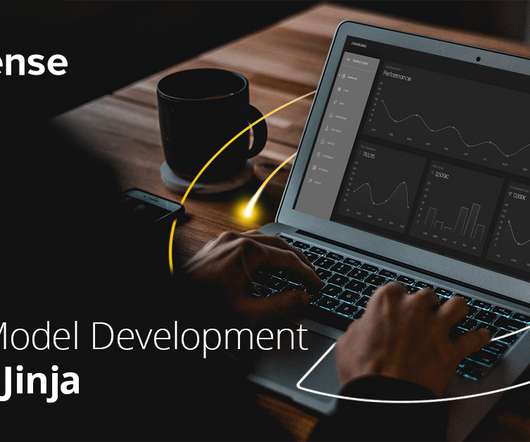What Role Does Data Mining Play for Business Intelligence?
Jet Global
JUNE 5, 2019
The path to doing so begins with the quality and volume of data they are able to collect. But data alone is not the answer—without a means to interact with the data and extract meaningful insight, it’s essentially useless. Let’s introduce the concept of data mining. Toiling Away in the Data Mines.














Let's personalize your content